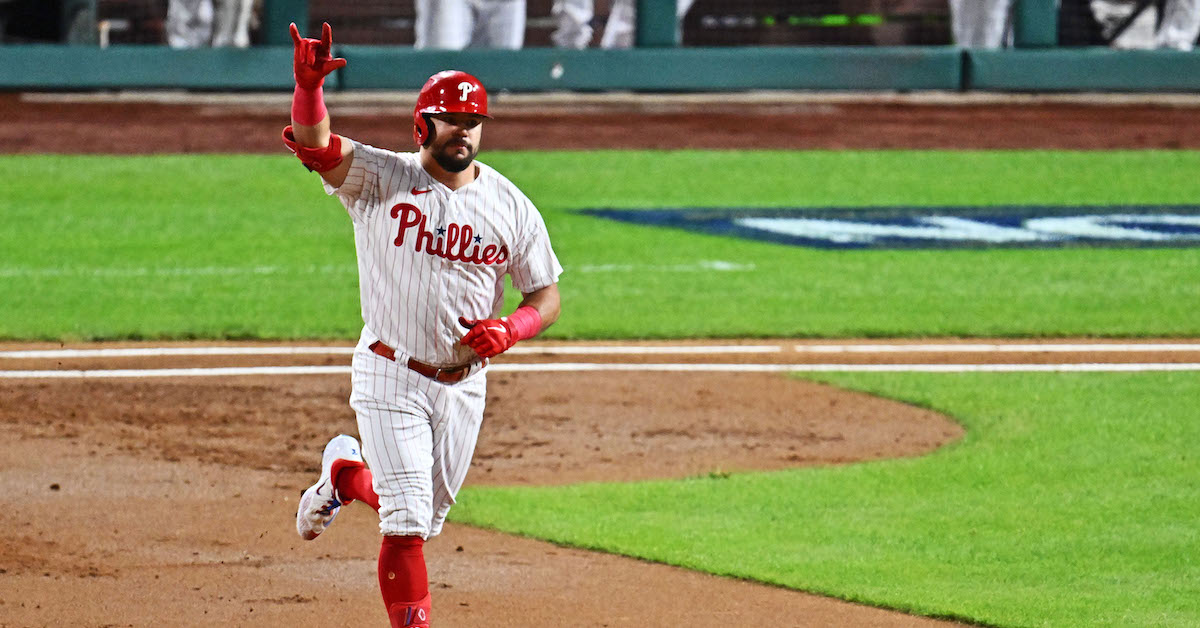Phillies Wheel the Diamondbacks to the Precipice in NLCS Game 5

On the back of a seven-inning near-shutout from ace Zack Wheeler, three round-trippers, and a Bryce Harper steal of home, the Philadelphia Phillies convincingly beat the Arizona Diamondbacks, 6-1, to push the latter to the brink of oblivion. The Phillies got to Diamondbacks starter Zac Gallen often, scoring two runs in the first, a lead that Arizona never really threatened. The NLCS now heads back to Philadelphia, where the Diamondbacks have to win two games or all that will be left to do is to grab a couple cheesesteaks and a roast pork and fly back home for the winter.

The Phillies got things going quickly with a fun-filled first. The action started with a Kyle Schwarber infield hit and ended with a double steal. Totally Traditional Leadoff Hitter Schwarber’s little dribbler to third against the current iteration of the infield shift was way too far for third baseman Evan Longoria to reach in time, and he legged his way to first. While fans often overestimated the ease with which hitters could magically just go the opposite way during the shift’s heyday — as if that’s so simple against big league pitching — Schwarber actually was fairly good at it. Despite not being quick, even deceptively so, Schwarber ranks 20th since 2015 in groundball hits the opposite way against shifts and shades, with 38 of them in 69 attempts. That .551 BABIP is nearly 100 points above the league average of .460 over the same timeframe! Read the rest of this entry »











